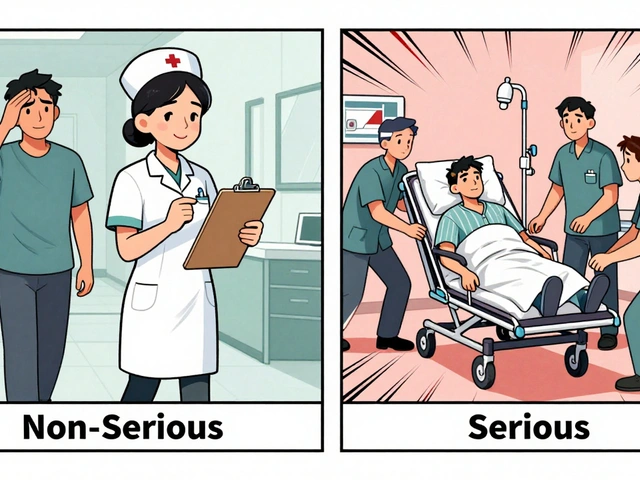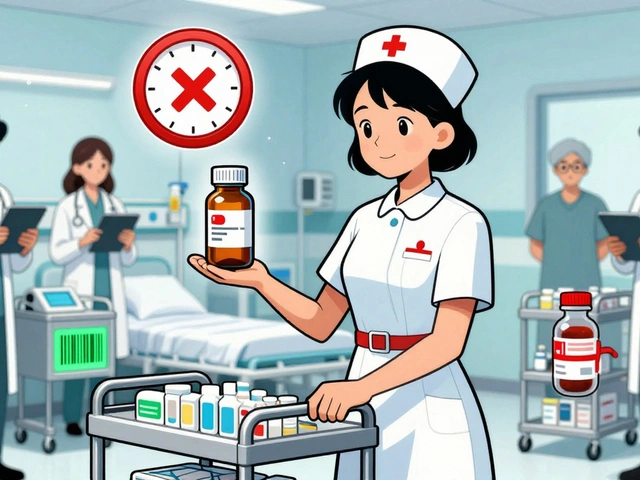Injections: what they are and how to use them safely
Injections deliver medicine straight where it’s needed. That can mean a quick vaccine in the arm, insulin under the skin, or IV antibiotics in a hospital. If you’re new to injectables, the basics matter: know the type of injection, follow proper technique, and get your supplies and prescriptions from trusted sources.
Types of injections and why they differ
There are three common types: intramuscular (IM), subcutaneous (SC), and intravenous (IV). IM goes deep into muscle—useful for vaccines and some long-acting medicines. SC sits under the skin—used for insulin, some biologics, and blood-thinners. IV goes into a vein and is usually done in clinics because it needs trained hands. Each route changes how fast the drug works and which needle or syringe you should use.
Ask your prescriber which route you need and why. That guides needle length, syringe size, and how to prepare the dose. Don’t improvise—using the wrong technique can cause pain, abscesses, or ineffective treatment.
Practical safety steps you should follow
Always wash your hands and clean the injection site with an alcohol wipe. Use a new, sealed needle and syringe every time. Check the medicine for discoloration, particles, or damaged packaging—if anything looks off, don’t use it. Rotate injection sites for frequent SC shots to avoid lumps and skin damage. If you feel severe pain, numbness, or see redness spreading after an injection, contact your provider.
Storage matters. Many injectables need refrigeration (2–8°C). Keep unopened vials in the fridge and follow the manufacturer’s window for room-temperature use after opening. Some biologics are sensitive to light—store them in original packaging. If you’re unsure about storage, ask the pharmacy when you pick up the medicine.
Dispose of needles and syringes in a proper sharps container. Don’t throw them in the regular trash or recycling. Most pharmacies and clinics accept full sharps containers for safe disposal.
Thinking of buying injectable meds online? Only buy from licensed pharmacies that require a prescription and show clear contact info. Red flags: rock-bottom prices with no prescription, no pharmacy license, or vague shipping info. If a site pressures you to skip a doctor, walk away. Your health and safety are worth the extra step of using a verified provider.
If you must self-inject at home, get in-person training from a nurse or pharmacist first. Practice with saline or demo kits if available. Keep a simple record of dates, doses, and any side effects—this helps your prescriber spot problems early.
Need more help? Safe-Pills.com covers common injectable meds, how to buy them safely, and tips for managing side effects. If something feels wrong after an injection, don’t wait—call your healthcare provider or local emergency services.

Nerve Blocks and Injections for Trigeminal Neuralgia: Effective Pain Relief Options Explained
This article breaks down how nerve blocks and injections are used in treating trigeminal neuralgia, a stubborn kind of facial pain. You'll find trustworthy info on how these treatments work, what you can expect, and tips for those considering this route. Got questions about side effects, success rates, or alternatives? All that is covered, along with data and practical advice. Perfect for anyone looking for real solutions to trigeminal neuralgia pain.
View More




